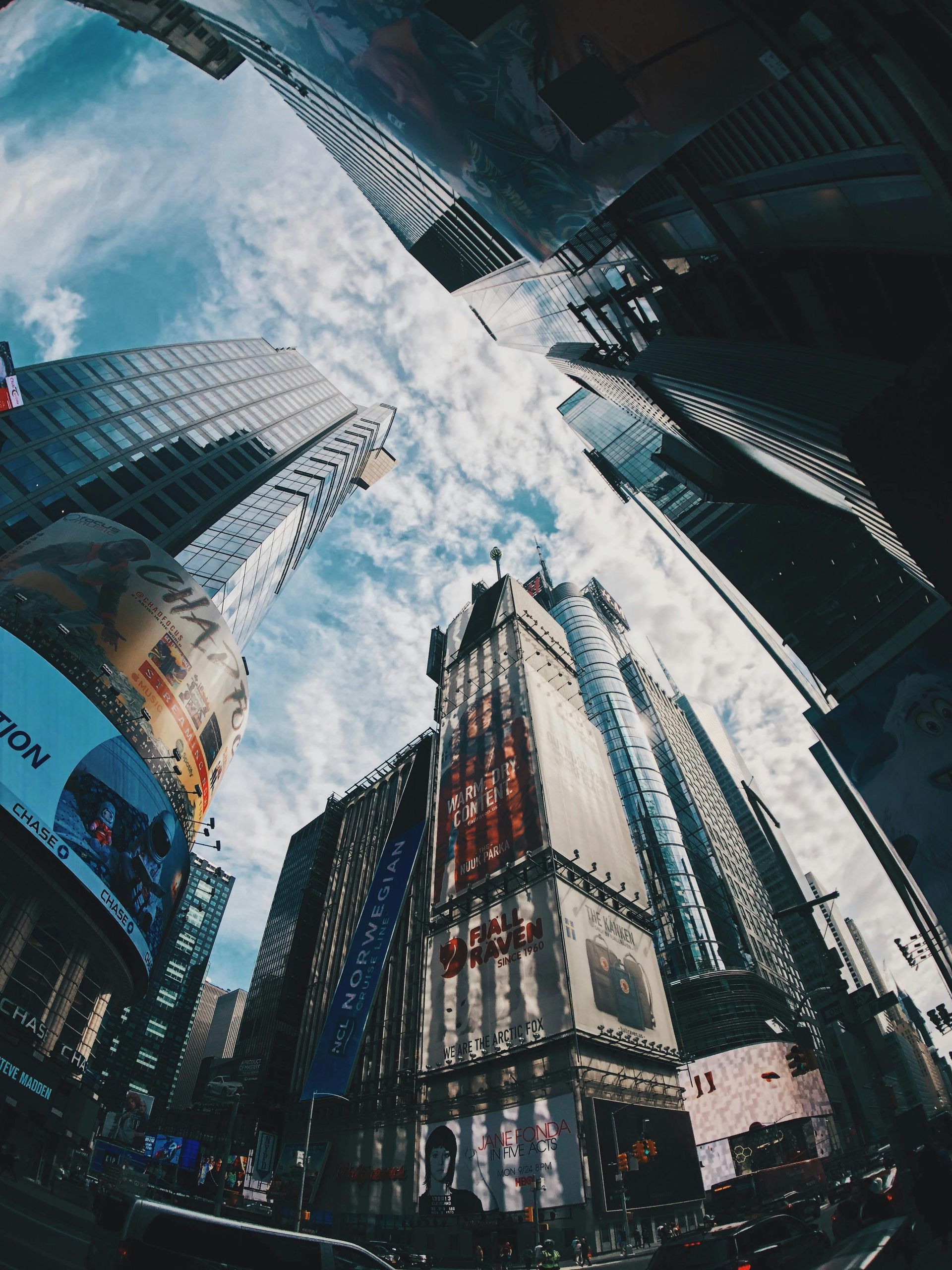It was a remarkable first quarter of 2023, and many questions now exist about the financial markets and the economy at large.
With that in mind, we wanted to reach out with a summary of some of the key developments to keep in mind as the second quarter begins in earnest.
Economy
Some cracks in the economy became evident during the first quarter, with banking system uncertainty in the spotlight. The banking turmoil towards the end of the quarter rightfully rattled investors and sent volatility soaring.
However, the market volatility was short-lived, as the first quarter concluded with buyers emerging in major U.S. stock indexes.
S&P 500: Two Consecutive Positive Quarters
The first quarter of 2023 was the second consecutive positive quarter for the S&P 500 and the Dow Jones Industrial Average. The Nasdaq 100 had the biggest gain of the three major indexes after experiencing a slightly lower fourth quarter of 2022.
Overall, during the first quarter of 2023, the S&P 500 increased by 7.03%, the Nasdaq 100 rose by a mammoth 20.49%, and the Dow Jones Industrial Average was marginally higher, by 0.38%.
Q1 Tech Rally & Fixed Income
If the stock market had awards like the Emmys, the first quarter’s winner would have been technology. Here are a few highlights of widely followed stocks and ETFs for the first quarter of 2023.
VanEck Semiconductor ETF (NASDAQ: SMH) +29.69% in Q1 2023.
Apple, Inc. (NASDAQ: AAPL) +26.91% in Q1 2023.
Netflix, Inc. (NASDAQ: NFLX) +17.16% in Q1 2023.
Tesla, Inc. (NASDAQ: TSLA) +64.42% in Q1 2023.
Labor Market
In the first quarter, strength continued for the labor market, with solid payroll gains of 311,000 in February & 517,000 in January. The unemployment rate did edge higher in February (from 3.4% to 3.6%), but the labor force participation rate was little changed at 62.5 % in February.
U.S. Federal Reserve Governor Christopher Waller said in late March that inflation could decrease without harming the labor market.
Inflation
The quarter’s last Consumer Price Index (CPI) data release showed consumer pricing declining in February from January levels. However, prices remained elevated. Core CPI (which removes volatile food and energy) remains firm—potentially firmer than the Federal Reserve would like to see.
The inflation battle has resulted in the fastest pace of Federal Reserve rate hikes in decades.
Quarterly Fed Decisions
The first quarter featured one Fed meeting in March, resulting in a 25-basis-point hike. The hike was largely expected, although some participants wanted to see a pause in the wake of the banking turmoil.
The Fed’s 2% inflation target is still far away, with the last CPI reading of the first quarter showing inflation running at 6% year-over-year.
The second quarter features two Fed meetings on May 3rd and June 14th, with continued rate hikes possible. However, rate hikes are not the only tools at the Fed’s disposal.
Other tools the Fed could use to tame inflation are known as Open Market Operations (OMO).
While these events were not an OMO, there have been discussions that the Q1 banking turmoil had a similar effect as a rate hike. Credit markets tightened after the collapse of SVB, and the resulting environment could help to slow the economy.
Putting Q1 Together
Starting out 2023, the Nasdaq had its best January since 2001, a welcome way to start the year and quarter.
Major U.S. stock indexes traded lower in February as markets braced for additional interest rate hikes and economic headwinds were in focus. And March had it all: banking turmoil, a spike in volatility, and ultimately, a rally in the major U.S. stock indexes.
At the close of the first quarter, market expectations seemingly shifted towards a more gentle Fed for the remainder of 2023, with one more rate hike being the consensus. The Fed has also forecasted one more rate hike.
Active market participants are currently debating whether the market is getting ahead of itself, with some expecting rate cuts later in the year, even as the Fed suggests that will not be the case.
Amid all of this first-quarter speculation and turmoil, remaining focused on the long term became all the more important. A long-term focus prevents investors from getting caught up in quickly changing narratives that could trigger emotional decisions.
With that said, if you have questions about first-quarter developments or if there is anything else we can help with, please reply to this email or give our office a call. We are always here as a resource!
Securities offered through Securities America, Inc. Member FINRA/SIPC. Advisory services offered through Securities America Advisors, Inc. Heritage Harbor Financial Associates and Securities America are separate entities. Securities America and its representatives do not provide tax or legal advice; therefore it is important to coordinate with your tax or legal advisor regarding your specific situation. This site is published for residents of the United States and is for informational purposes only and does not constitute an offer to sell or a solicitation of an offer to buy any security or product that may be referenced herein. Persons mentioned on this website may only offer services and transact business and/or respond to inquiries in states or jurisdictions in which they have been properly registered or are exempt from registration. Not all products and services referenced on this site are available in every state, jurisdiction or from every person listed." Mailing Address: Securities America, INC., 12325 Port Grace Blvd, La Vista, NE 68128. Securities America Phone #: 800-747-6111



















